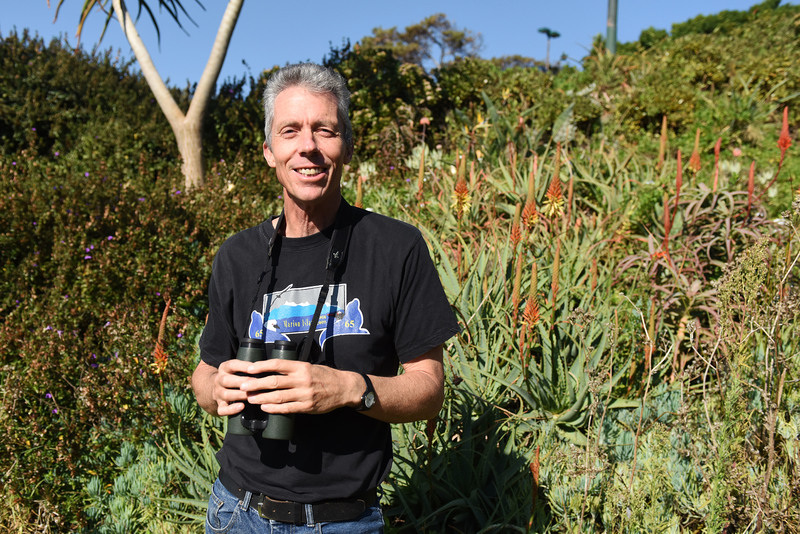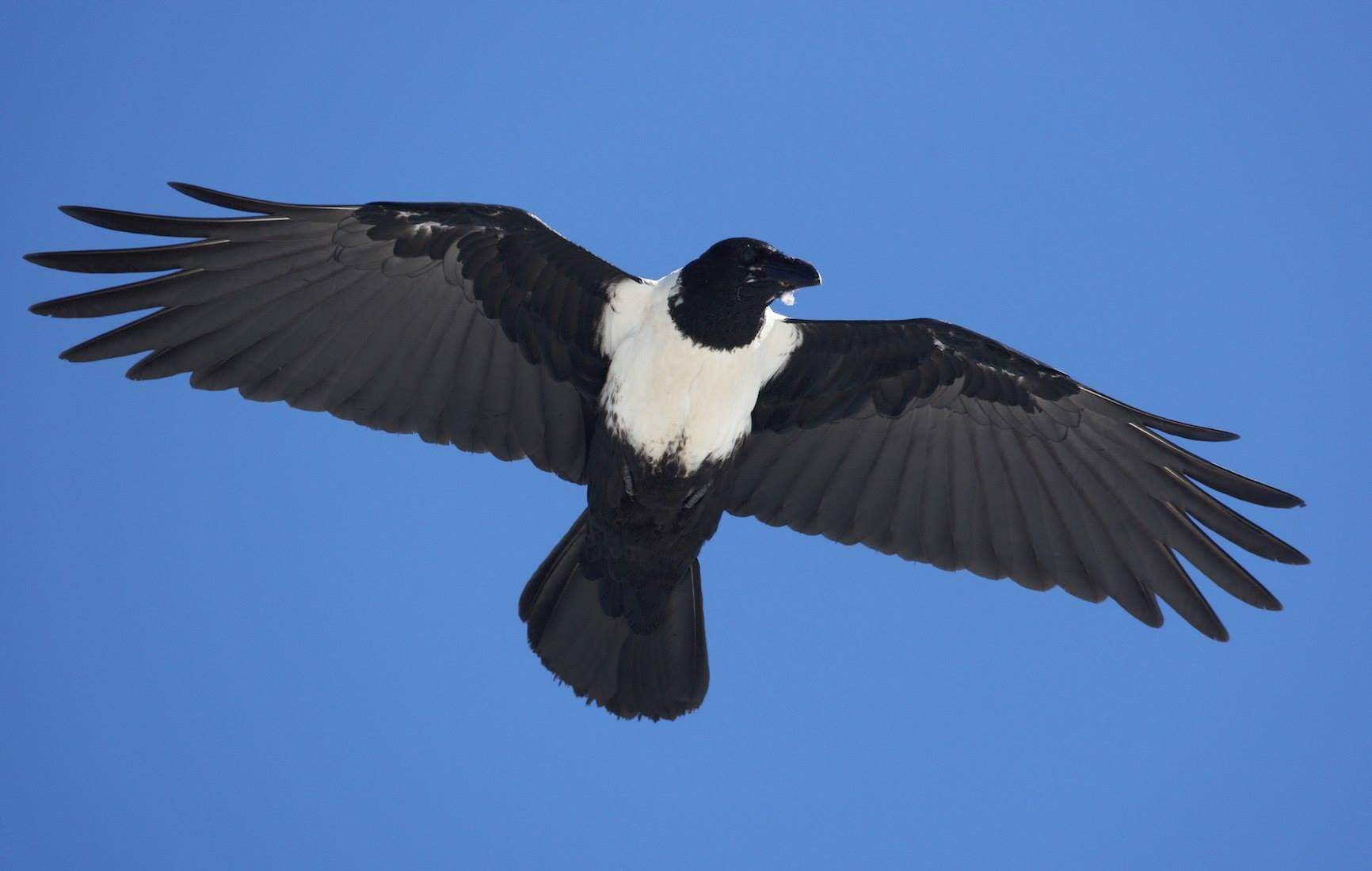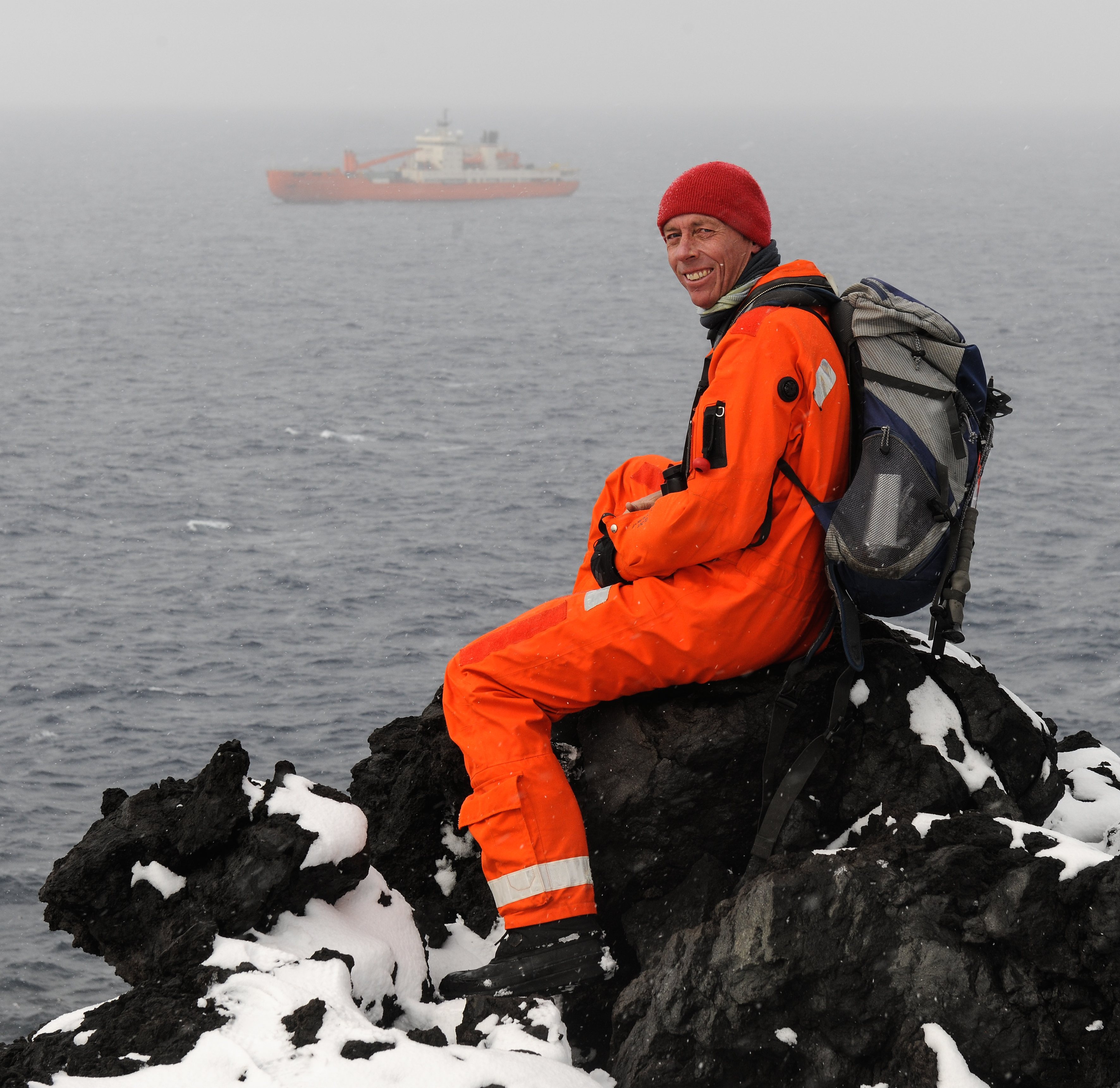Birds, binoculars and biodiversity
13 June 2017 | Story Carla Bernardo. Photo Robyn Walker.
Where does it all begin for someone like Professor Peter Ryan, who leads a field at UCT that was recently ranked third in the world? It starts with a pair of binoculars and continues with the funding of the FitzPatrick Institute of African Ornithology as a Centre of Excellence.
“I think most good ornithologists start out as kids,” says Ryan.
The foundation for his celebrated career was laid when he was seven and received his first pair of binoculars. England, where Ryan was born, is not known for its biodiversity, but it provided him with ample opportunity to grow his love for birds.
Three years later, Ryan and his family moved to South Africa, a country that boasts some of the most biodiverse regions in the world.
“It was exciting to have lizards and grasshoppers in the garden – things we take for granted in Cape Town are rare in England,” he says.
While revelling in the newfound diversity, he never lost his love for birds, something that has sustained him throughout his life and career.
At the Centre of Excellence
Ryan’s lifelong passion for birds has paid off in at least three ways: heading up a Centre of Excellence, being recognised as a leading international researcher, and convening one of UCT’s globally ranked subjects.
While he often attributes much of his success and that of the FitzPatrick Institute of African Ornithology to outside factors such as biological diversity, he is in fact at the centre of it all.
The Institute, affectionately known as the Fitztitute, was identified as a Centre of Excellence (CoE) in 2004, along with five other centres recognised by the Department of Science and Technology (DST) through the National Research Foundation (NRF). The centres can be physical or virtual, are multi-institutional and are intended to concentrate existing research excellence, capacity and resources to enable collaboration across disciplines and institutions. These long-term projects are both locally relevant and internationally competitive.
“The recognition as a Centre of Excellence really gave the Fitz a boost,” says Ryan. While not vast, the funding they receive as a COE ensures that they do not have to spend all of their time “scrambling for money”, he says. An added bonus has been the collaborations built with ornithologists at other institutions, notably the universities of Pretoria and Limpopo and the Nelson Mandela Metropolitan University.
However, the situation may change, as the Fitztitute is into its third five-year funding cycle. The initial plan for CoEs was that funding would be phased out after two funding cycles. “The funding model has been so successful that all the initial CoE contracts were extended for a third five-year term, but there’s a great deal of uncertainty as to what’s going to happen at the end of the current cycle.”
While there may be hope that some form of funding continues, the model has to change, bringing in other stakeholders. However, says Ryan, finding interested donors to fund the Fitztitute is not easy, as ornithology is not a well-funded area in general.
“It’s challenging, but we’re doing the best we can.”
Globally ranked

Doing their best has paid off for the Fitztitute, at least when it comes to global recognition.
In early April, the Centre for World University Rankings released their inaugural subject rankings that placed UCT in the top five – out of over 26 000 higher-education institutions – in two subjects: area studies in fourth place and ornithology in equal third.
Ornithology at UCT was ranked alongside Sweden’s Lund University, following Cornell University (US) in second place and the University of Groningen (the Netherlands) in first.
“The fact that UCT is so prominent in ornithological research provides further validation of the success of the NRF Centre of Excellence funding model,” says Ryan.
He adds that the ranking shows the success of internal collaboration – UCT’s Animal Demography Unit (ADU) and Centre for Statistics in Ecology, the Environment and Conservation (SEEC) contribute to the critical mass of ornithological researchers and research expertise.
“It is unusual to have so many people interested in birds at one institution, and that obviously helps a lot,” says Ryan.
Modest in his celebration of the ranking, he calls the Fitztitute a “special creation” and a “rare commodity”, but attributes much of the success to being located in a biodiverse region. Having so many birds in this part of the world helps with the quality of their research, he explains.
Conservation
As a result, Ryan feels he owes birds a debt – after all, he prefers their company to humans and has an interest in their survival.
“A lot of our work is about using birds as indicators of change and figuring out how can we make sure that, for example, there are still Bearded Vultures in Lesotho 20 years from now and Martial Eagles in the Kruger Park 50 years from now.”
Ordinary citizens can play a role too, thanks to the Fitztitute and ADU’s science citizen programmes, especially the Bird Atlas Programme. All you need is a smartphone to capture data.
“It’s really a world leader in the way that we grab data from literally thousands of people, using it to determine the impact of an increasing human footprint,” he says.
Around the Antarctic

Akademik Tryoshnikov in the background.
Ryan’s everyday ornithological work is punctuated by opportunities such as the recent Antarctic Circumnavigation Expedition (ACE).
The expedition kicked off in December 2016, when the Russian research vessel the Akademik Tryoshnikov set sail from Cape Town on the first of three legs of a three-month circumpolar voyage.
He joined some 60 other scientists aboard the vessel. Most of the 22 research projects were aimed at understanding the impact of climate change on the Southern Ocean and what it means for the rest of the world.
“The Southern Ocean is crucial in terms of regulating the Earth’s climate, dominating global heat and carbon fluxes,” says Ryan. “To understand how climate change is going to affect us, we need to both explore past climate variability in the region and understand how current changes in physical and biological processes will affect the way the Earth responds to ongoing atmospheric increases in greenhouse gases.”
In addition to documenting changes in threatened seabird populations, Ryan’s research was to assess the abundance of plastic pollution in the Southern Ocean. “You might think the Antarctic is remote,” he says, “but we found synthetic fibres in surface waters all round Antarctica.” What humans do impacts on birds and other elements of natural systems. His job, and that of the Fitztitute, is to help to mitigate these impacts.
“So I think that’s the value to society of what we do,” says Ryan of the work he began as a seven-year-old with his first set of binoculars. “It’s all about trying to build a more sustainable future for our country, our region and the planet.”
 This work is licensed under a Creative Commons Attribution-NoDerivatives 4.0 International License.
This work is licensed under a Creative Commons Attribution-NoDerivatives 4.0 International License.
Please view the republishing articles page for more information.










